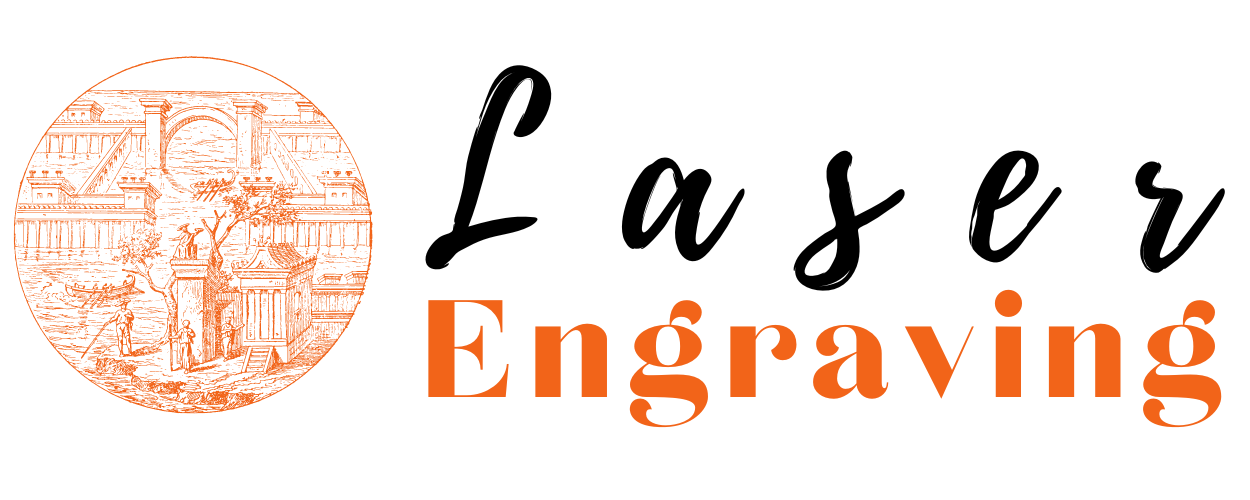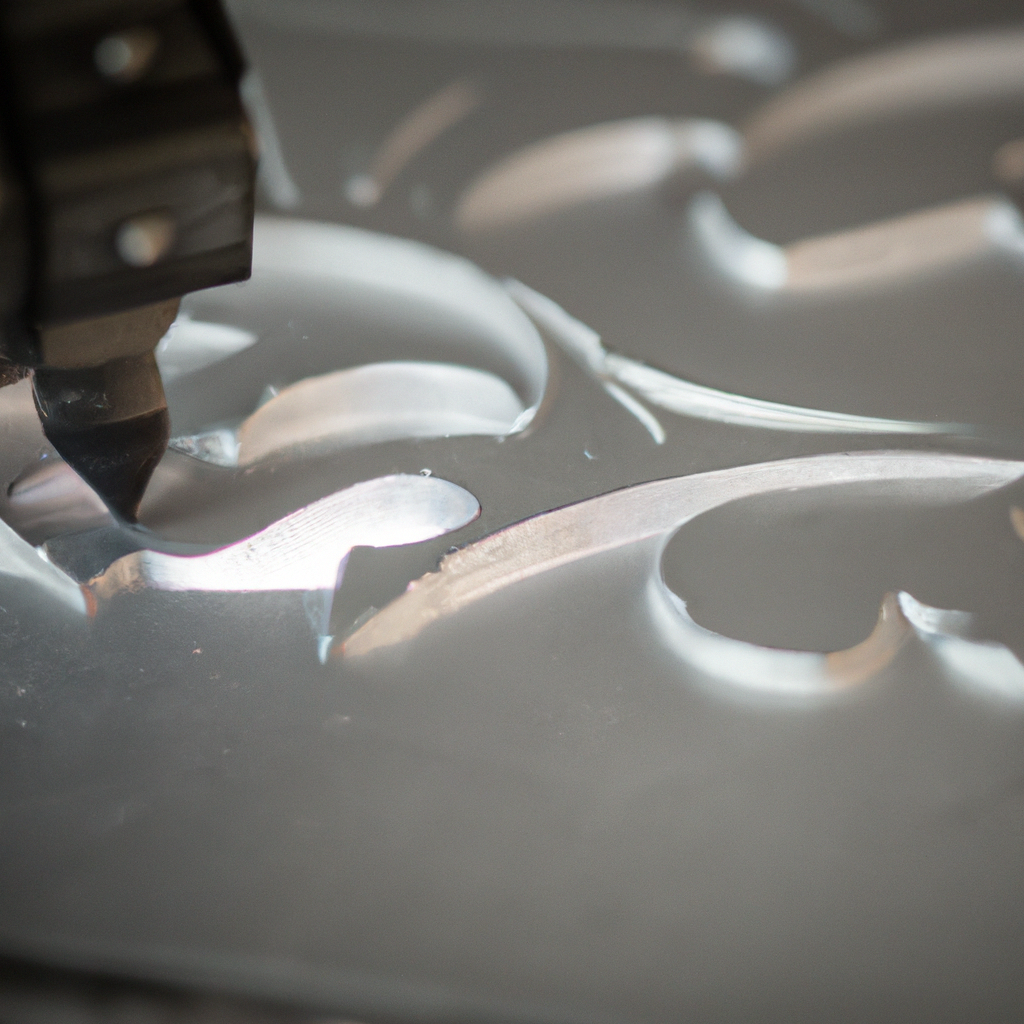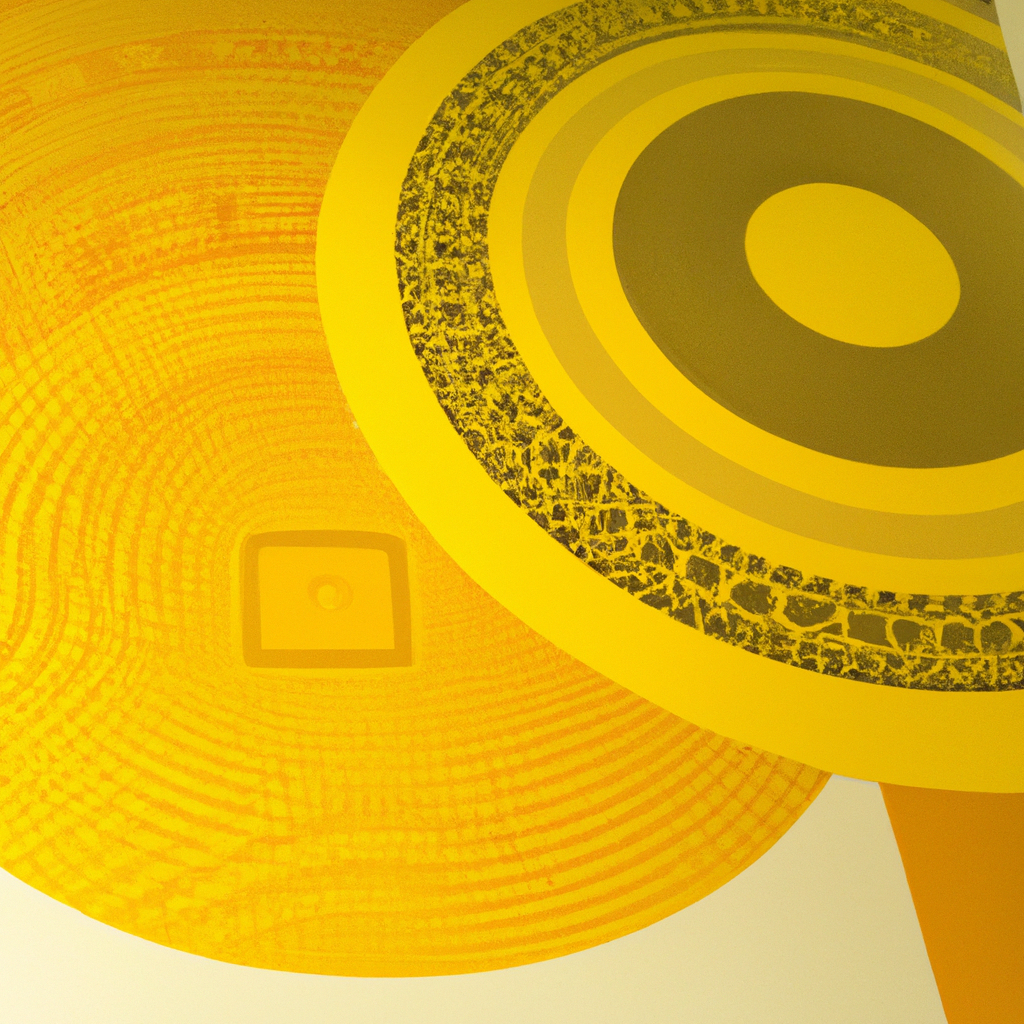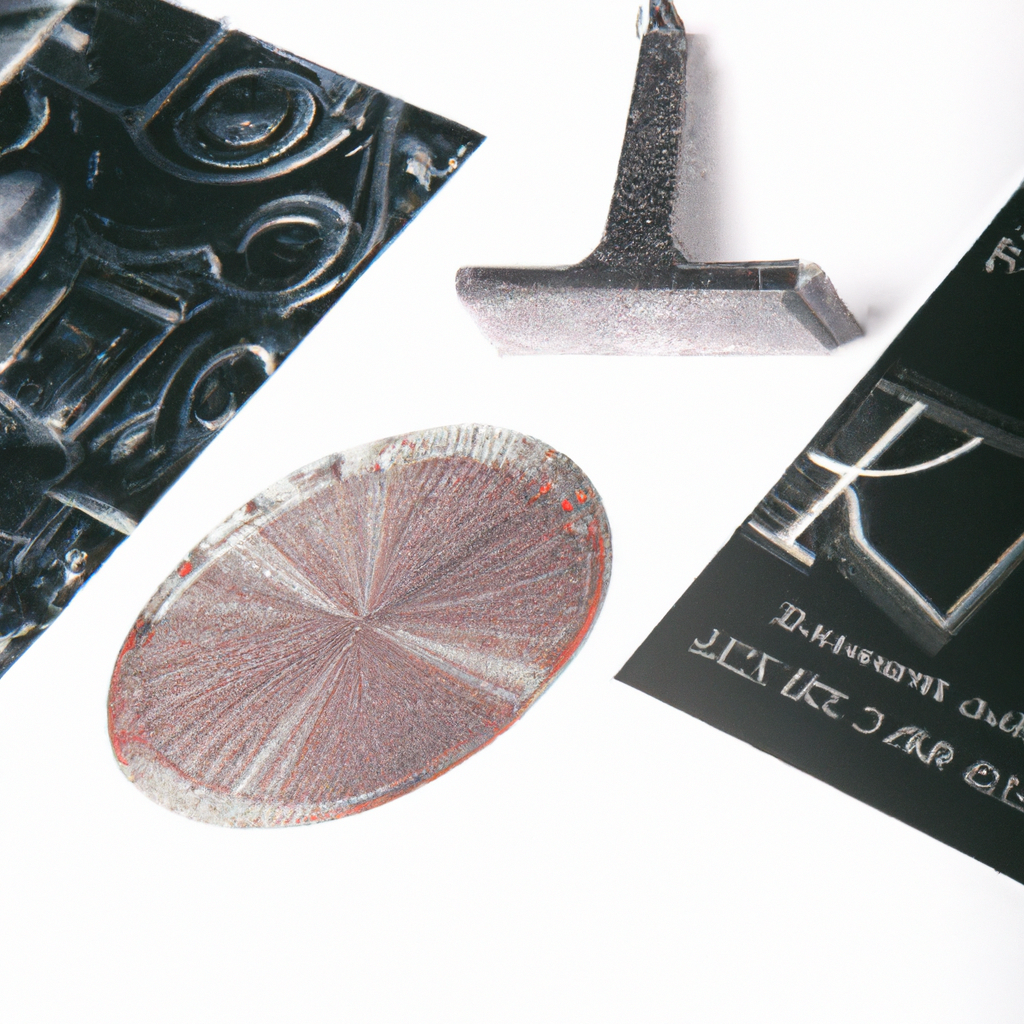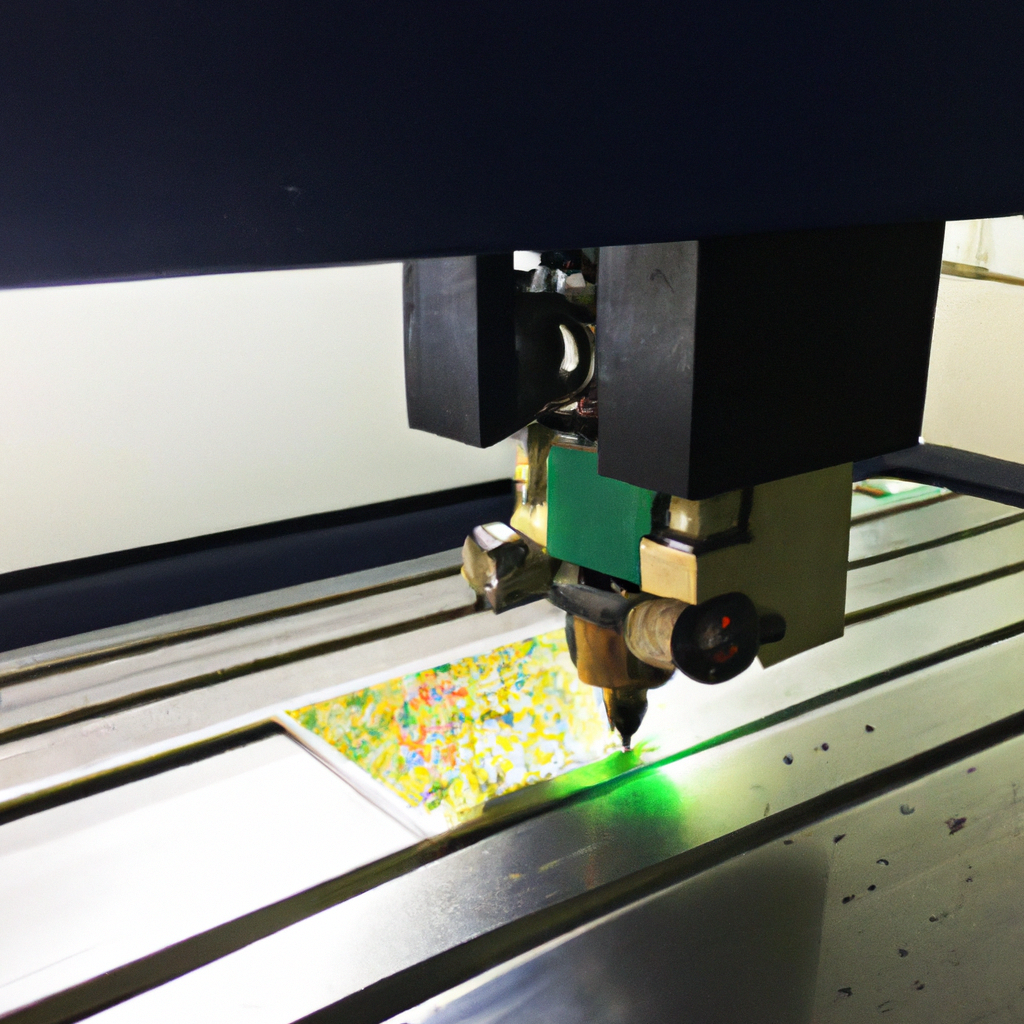Laser Engraving Artworks
Laser engraving has revolutionized the world of art and design, offering artists and creators an innovative way to express their creativity. With precise and intricate details, laser-engraved artworks have gained popularity across various industries, including jewelry, home decor, personalized gifts, and even industrial applications. In this article, we will explore the fascinating world of laser engraving and the endless possibilities it offers to artists and enthusiasts.
Understanding Laser Engraving
Laser engraving is a process that involves using a laser beam to etch or engrave designs onto different materials such as wood, metal, glass, acrylic, leather, and more. The laser beam vaporizes or removes the surface layer of the material, creating precise and permanent markings. The depth and intensity of the engraving can be controlled, allowing artists to create detailed designs with stunning clarity.
Advantages of Laser Engraving
-
Precision and Detail: Laser engraving offers exceptional precision, allowing artists to create intricate and detailed designs that are impossible to achieve with traditional methods. The laser beam follows a digital pattern and provides consistent results every time.
-
Versatility: Laser engraving can be performed on a wide range of materials, including wood, glass, metal, and even curved or irregular surfaces. This versatility opens up endless possibilities for artists to explore and experiment with different mediums.
-
Durability: Laser-engraved artworks are highly durable and resistant to fading, scratching, and wear. The engraving penetrates the surface of the material, ensuring that the design remains intact for years to come.
-
Speed and Efficiency: Laser engraving is a fast and efficient process, making it ideal for large-scale production. It eliminates the need for complex setups, templates, and manual labor, reducing production time and costs significantly.
-
Customization: Laser engraving allows for easy customization and personalization. Artists can create unique designs, add names, dates, or messages to make the artwork truly special and meaningful.
Applications of Laser Engraving Artworks
The versatility of laser engraving has led to its widespread adoption across various industries. Let’s explore some of the popular applications where laser-engraved artworks have made a significant impact:
1. Jewelry and Accessories
Laser engraving has transformed the world of jewelry, providing designers with endless possibilities to create intricate and personalized pieces. From custom-engraved rings, pendants, and bracelets to personalized charms and cufflinks, laser engraving adds a unique touch to every piece of jewelry.
2. Home Decor
Laser-engraved home decor items have become increasingly popular, adding elegance and personalization to any living space. From engraved wooden wall art and signs to personalized glassware and coasters, laser engraving allows artists to create stunning decorative pieces that reflect individual styles and preferences.
3. Personalized Gifts
Laser-engraved gifts hold a special place in the heart of the recipient. Whether it’s a customized photo frame, engraved cutting board, or personalized keychain, laser engraving adds a personal touch to the gift, making it truly memorable.
4. Industrial Applications
Beyond the realm of art and design, laser engraving finds its application in various industrial sectors. From engraving serial numbers and logos on metal components to creating intricate patterns on electronic devices, laser engraving offers a precise and efficient solution for industrial marking and identification needs.
5. Art and Crafts
Laser engraving has opened up new avenues for artists and crafters to explore their creativity. From engraving intricate patterns on wood and leather to creating stunning etchings on glass and acrylic, laser engraving provides artists with endless possibilities to bring their visions to life.
Choosing the Right Laser Engraving Machine
To achieve the best results in laser engraving artworks, it is crucial to choose the right laser engraving machine. Consider the following factors before making a purchase:
-
Power and Speed: The power and speed of the laser engraving machine determine the depth and speed at which the engraving is performed. Higher power and adjustable speed settings offer more flexibility and control over the final output.
-
Workspace Size: Consider the size of the artwork you intend to create and ensure that the laser engraving machine’s workspace can accommodate it. A larger workspace allows for more significant and complex designs.
-
Materials Compatibility: Ensure that the laser engraving machine is compatible with the materials you plan to work with. Different lasers are designed for specific materials, so choose a machine that can handle the materials you desire to engrave.
-
Software and Interface: User-friendly software and interface make the process of designing and engraving artworks more seamless. Look for machines that provide easy-to-use software and a user-friendly interface to enhance your creative workflow.
-
Safety Features: Laser engraving involves working with high-powered lasers, so safety should be a top priority. Look for machines that come with safety features such as enclosures, protective eyewear, and emergency stop buttons.
In conclusion, laser engraving artworks have revolutionized the world of art and design, offering unparalleled precision, versatility, and customization options. With its ability to work on various materials and create intricate designs, laser engraving has become a go-to technique for artists, designers, and crafters. By understanding the advantages, applications, and considerations when choosing a laser engraving machine, artists can unlock a whole new level of creativity and bring their visions to life with stunning precision and beauty.
*Note: This response has been generated using artificial intelligence. While efforts have been made to ensure the accuracy of the information provided, it should not be considered as professional advice. Please consult with a qualified expert for specific guidance related to your requirements.
